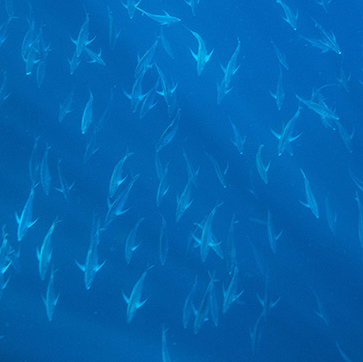There are three main issues associated with bottom trawling:
- Destructive – Bottom trawling damages the seafloor and the creatures living on/in it, often leaving long-lasting impacts on the marine ecosystem.
- Bulk harvesting – Bottom trawling allows for large amounts of fish to be caught during one fishing event. The fish that are caught in the early part of the trawl end up being crushed under the weight of fish as more are gathered in the net. Much of the catch is damaged and is of poor quality when landed, fetching low returns.
- Non-selective harvest – Bottom trawling is a non-selective fishing method so alongside catching target species – the species that fishers aim to catch, significant amounts of other marine life are scooped up too. This unnecessary removal of excess marine life causes ecological imbalance and generates waste.
Sources –
MacDiarmid A, McKenzie A,Sturman J, Beaumont J, Mikaloff-Fletcher S, Dunne J. (2012). Assessment of anthropogenic threats to New Zealand marine habitats.


